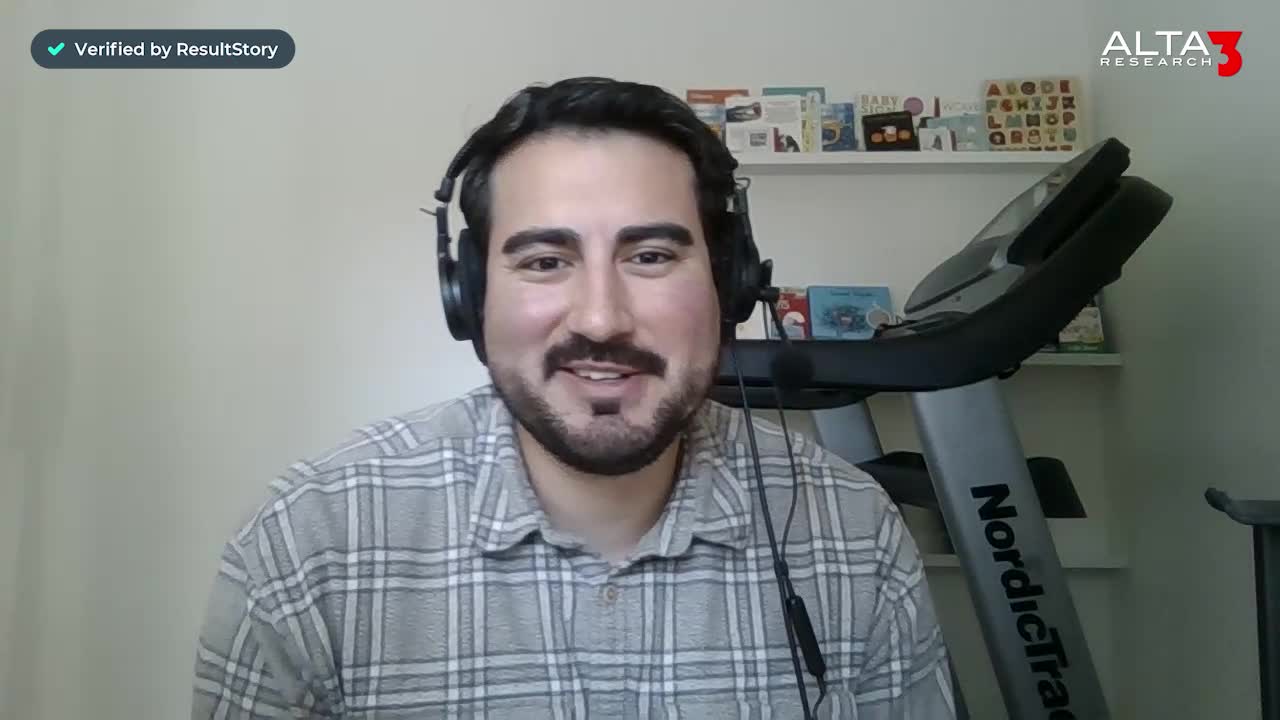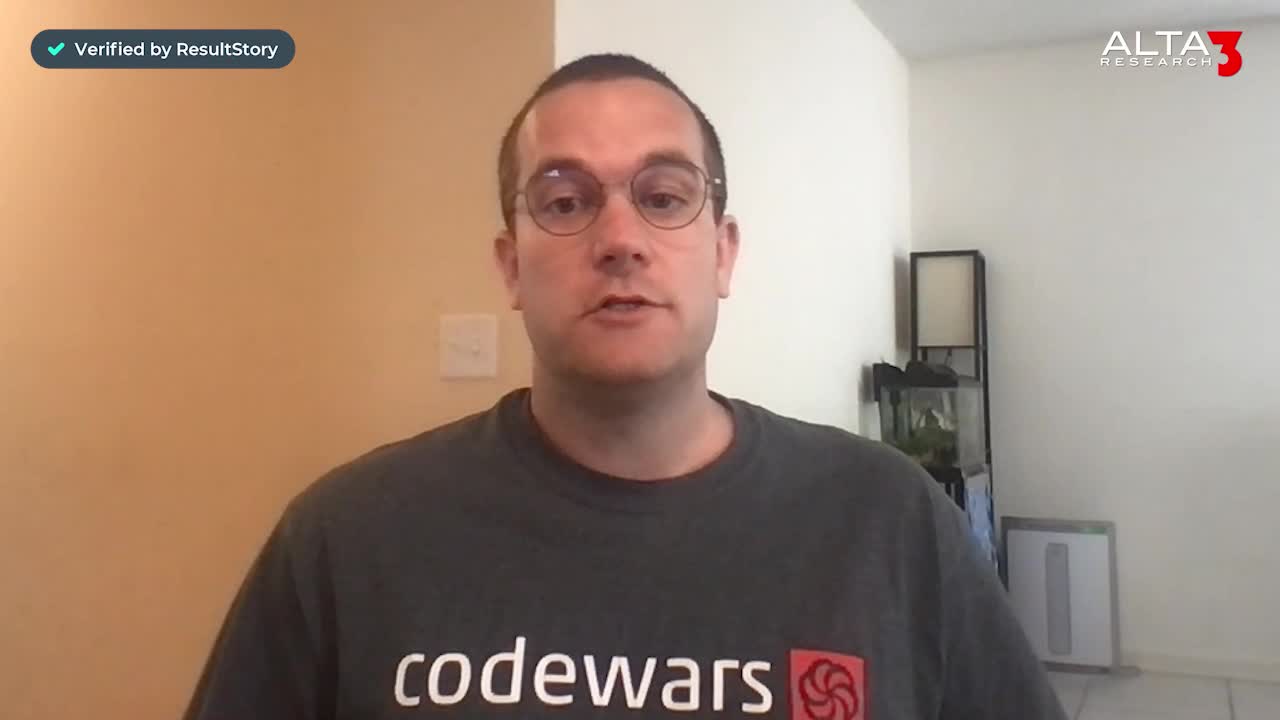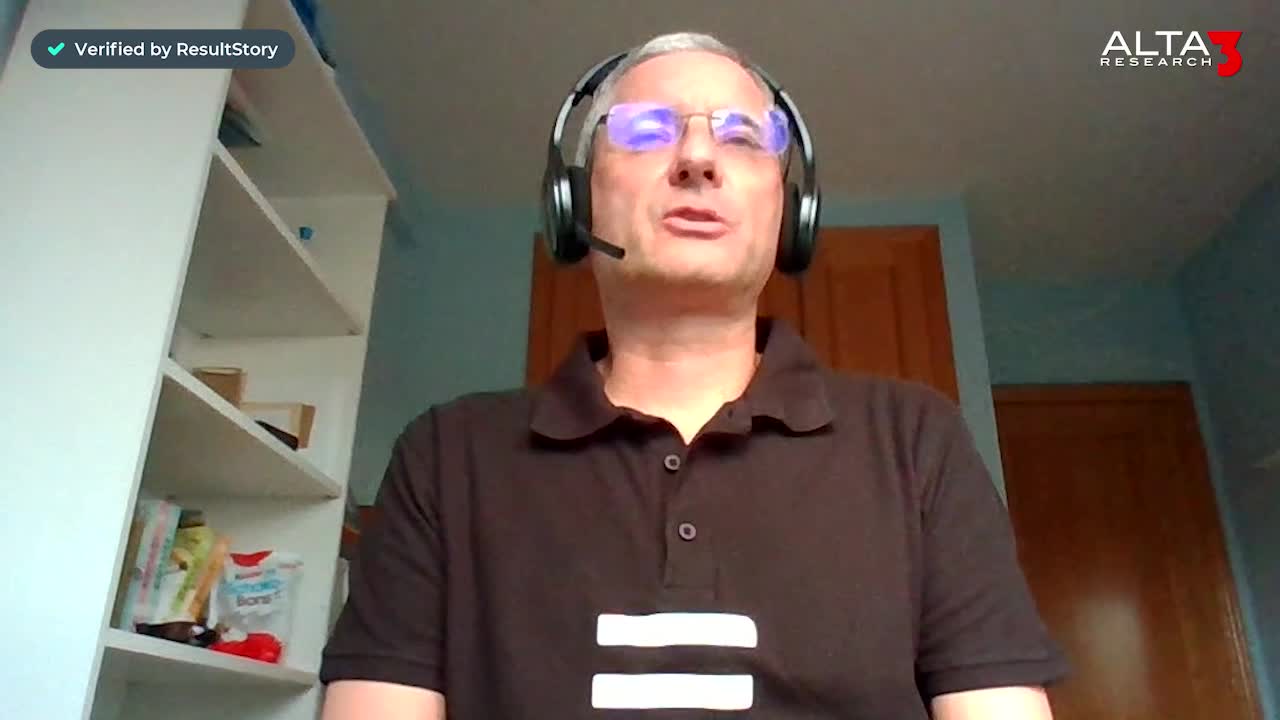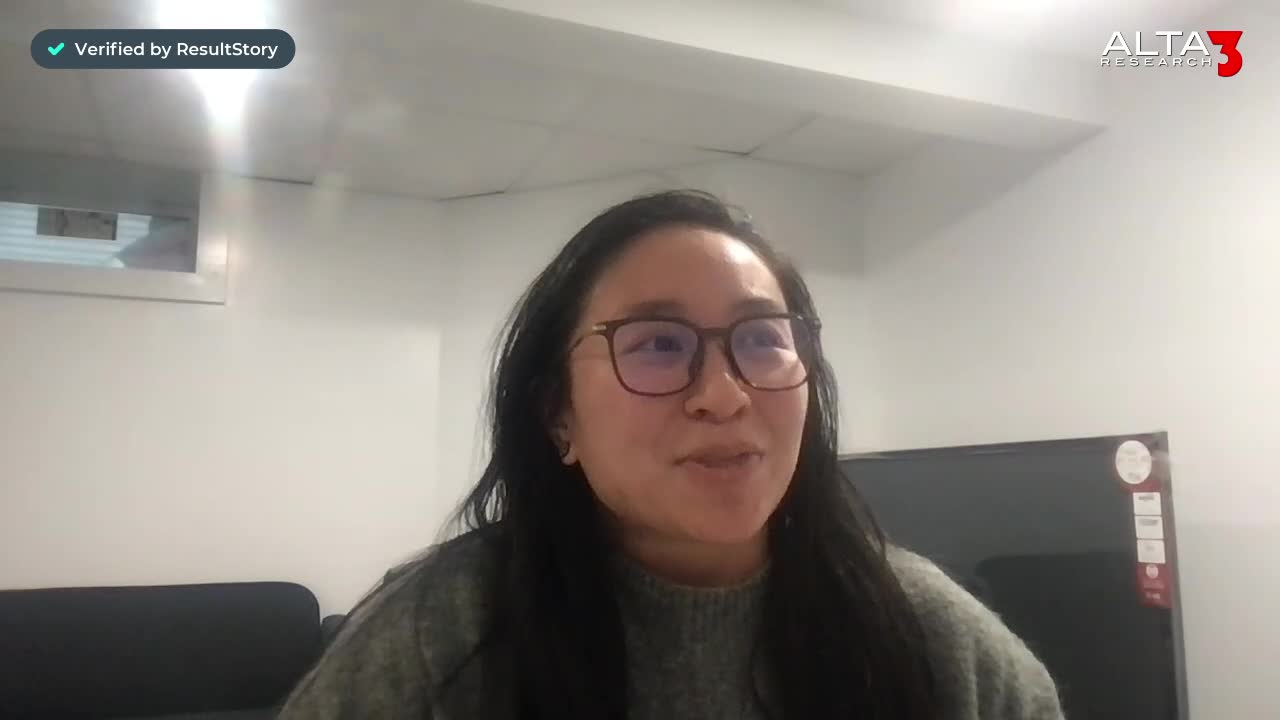Core Solutions of Microsoft Lync Server 2013
Master the art of planning, designing, and deploying Microsoft Lync Server 2013 to elevate your unified communications solutions and stay competitive as an IT professional.

Essential Skills Gained

Design and deploy Microsoft Lync Server 2013 solutions.

Implement Lync Server features including IM, Presence, and Conferencing.

Manage and administer Lync Server environments efficiently.

Understand high availability and disaster recovery concepts.
Format
- Instructor-led
- 5 days with lectures and hands-on labs.
Audience
- IT consultants
- Telecommunications professionals
- Unified communications architects
- Enterprise IT managers
Description
This instructor-led course teaches IT professionals how to plan, design, deploy, configure, and administer a Microsoft Lync Server 2013 solution. The course emphasizes Lync Server 2013 Enterprise Unified Communications features with particular emphasis on coexisting with and migrating from legacy communication services. The labs in this course create a solution that includes IM and Presence, Conferencing, and Persistent Chat. This course helps the student prepare for Exam 70-336.
Upcoming Course Dates
No upcoming dates. Please check back later.
Course Outline
Download PDFModule 1: Architecture and Design Approach for Microsoft Lync Server 2013
Overview of Lync Server 2013 Architecture
Overview of Lync Server 2013 Core Capabilities
Introduction to the Lync Server 2013 Design Process
Assessing Infrastructure Requirements and Updating the Design
Planning for all Microsoft Solutions Framework Phases
Module 2: Designing a Lync Server 2013 Topology
Planning Infrastructure Requirements for Lync Server 2013
Using the Lync Server 2013 Planning Tool
Using Topology Builder
Planning the Server Infrastructure
Designing Documentation Using Microsoft Office
Module 3: Configuring Users and Rights in Microsoft Lync Server 2013
Managing Lync Server 2013
Introduction to Role Based Access Control
Module 4: Client and Device Deployment and Management
Prepare for client deployment.
Deploy and manage clients.
Prepare for device deployment.
Deploy and manage IP phones.
Module 5: Conferencing in Lync Server 2013
Introduction to Conferencing in Lync Server 2013
Designing for Audio/Video and Web Conferencing
Dial-In Conferencing in Lync Server 2013
Managing and Administering Conferencing
Module 6: Designing and Deploying External Access
Conferencing and External Capabilities of Lync Server 2013
Planning for IM and Presence Federation
Designing Edge Services
Module 7: Deploying Microsoft Lync Server 2013 Persistent Chat
Overview of Persistent Chat Architecture in Lync Server 2013
Designing Lync Server 2013 Persistent Chat
Deploying and Configuring Lync Server 2013 Persistent Chat
Module 8: Monitoring and Archiving
The Archiving Service
The Monitoring Service
Configuring Archiving and Monitoring
Module 9: Administration and Maintenance of Lync Server 2013
Introduction to Lync Server 2013 troubleshooting tools
Understanding Lync Server 2013 Operational Tasks
Developing Lync Server 2013 Troubleshooting Techniques
Module 10: High Availability in Lync Server 2013
High Availability in Lync Server 2013
Configuring High Availability in Lync Server 2013
Planning for Load Balancing
Designing Load Balancing
Module 11: Disaster Recovery in Lync Server 2013
Disaster Recovery in Lync Server 2013
Tools for Backing Up and Restoring Lync Server 2013
Critical Lync Server 2013 Data to Back Up and Restore
Critical Lync Server 2013 Data to Export and Import
Designing Branch Site Resiliency
Module 12: Planning a Migration to Lync Server 2013
Overview of Coexistence and Migration
Migration Steps
Planning for Clients and Devices
Designing a Client Migration and Device Migration Strategy
Your Team has Unique Training Needs.
Your team deserves training as unique as they are.
Let us tailor the course to your needs at no extra cost.
See What Other Engineers Are Saying
Trusted by Engineers at:
and more...

Aaron Steele

Casey Pense

Chris Tsantiris

Javier Martin

Justin Gilley

Kathy Le

Kelson Smith

Oussama Azzam

Pascal Rodmacq

Randall Granier

Aaron Steele

Casey Pense

Chris Tsantiris

Javier Martin

Justin Gilley

Kathy Le

Kelson Smith

Oussama Azzam

Pascal Rodmacq

Randall Granier